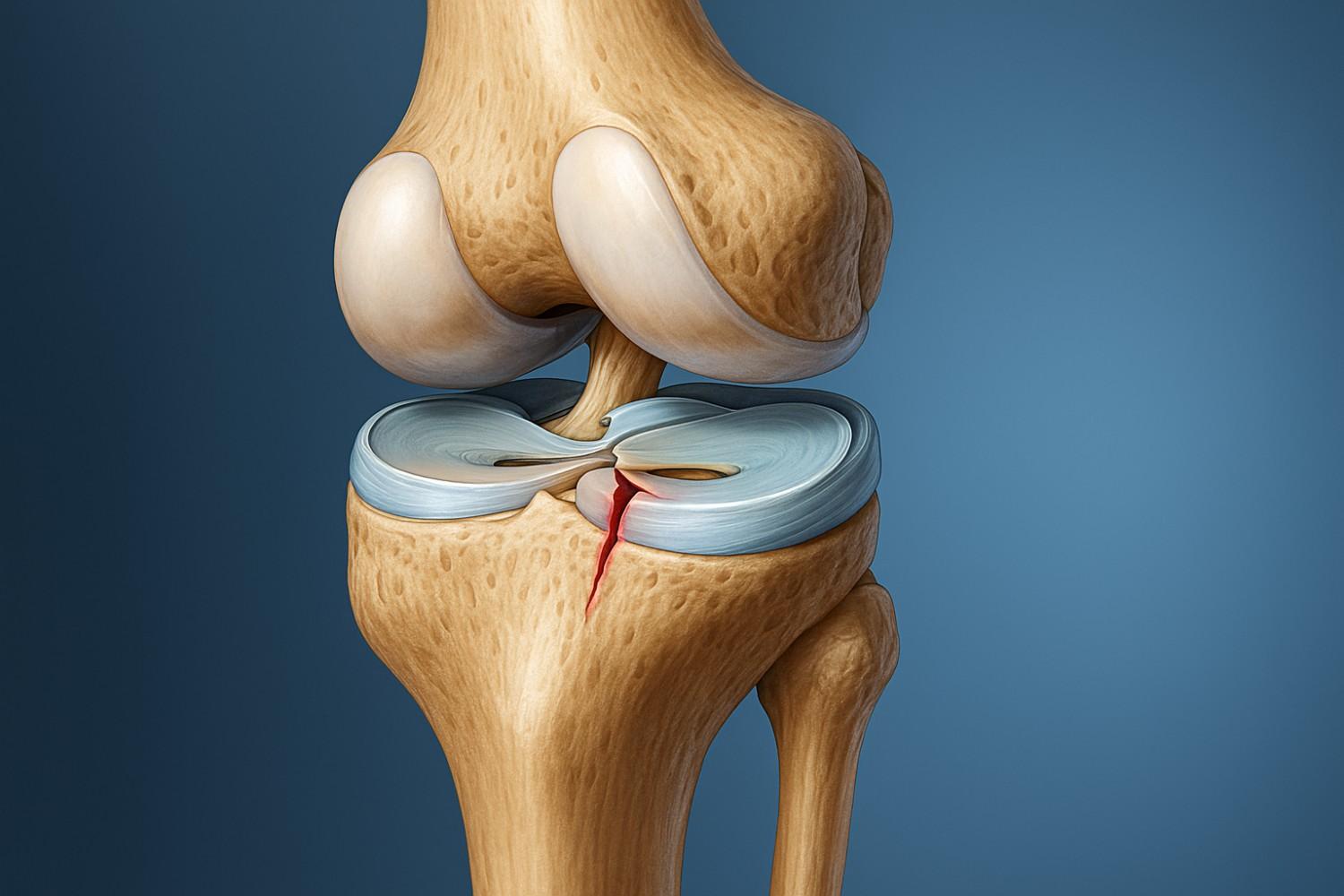
Frequently Asked Questions
A meniscus tear is damage to one of the C-shaped cartilage pads in the knee that cushion and stabilise the joint.
Typical signs are joint line pain, swelling after activity, clicking or catching, and pain with squatting or twisting.
Common Meniscus Tear Causes include sudden twisting, deep squats, lifting heavy objects with a bent knee, and age-related degeneration.
Usually along the inner or outer joint line of the knee, not directly over the kneecap.
Small tears in the outer red zone sometimes heal with rest and physiotherapy. White-zone tears have poor healing and may need surgical trimming if symptoms persist.
Radial, bucket-handle, horizontal, and complex tears are the most common patterns.
Through clinical tests like McMurray and Thessaly, plus MRI to confirm tear type and location. X-rays rule out bone issues.
If the knee is locking, the tear is large or unstable, symptoms don’t improve with conservative care, or you have a repairable red-zone tear in a young active person.
There’s no single “best”. Mild tears often respond to physiotherapy. Unstable or locking tears may need arthroscopic repair or partial meniscectomy.
Mild tears: about 4–6 weeks. Meniscectomy: 6–12 weeks. Meniscus repair: 3–6 months or longer for full sport return.
Quad sets, straight-leg raises, bridges, hamstring stretches, balance drills, and progressive squats/lunges as guided by a physiotherapist.
Many people can, but it may be painful or feel unstable. If walking worsens symptoms, reduce load and seek assessment.
Yes, the meniscus itself is specialised cartilage. But people also use “cartilage damage” to describe wear on the joint surface (articular cartilage), which is different.
Lie on your back with a small pillow under the knee, or on the opposite side with a pillow between your knees to keep them aligned.
A balanced diet with enough protein, omega-3 fats, vitamin C, and antioxidants supports general tissue healing. Food isn’t a magic fix but helps recovery.
Yes, especially if a large portion of the meniscus is removed or the knee remains unstable over years.
Maintain strong thigh and hip muscles, warm up before sport, avoid sudden twisting with a fixed foot, and manage weight.
Persistent pain, recurrent swelling, locking, reduced activity, and higher risk of early joint wear.
The meniscus is cartilage that cushions and stabilises; ACL is a ligament that controls forward and rotational movement. ACL tears often cause a “pop” and rapid swelling; meniscus tears often cause locking and joint line pain.
You can start with rest, ice, compression, elevation, and gentle movements. But for ongoing symptoms, locking, or instability, you need a professional assessment to plan proper Meniscus Tear Treatment.
Comments (0)
Add comment






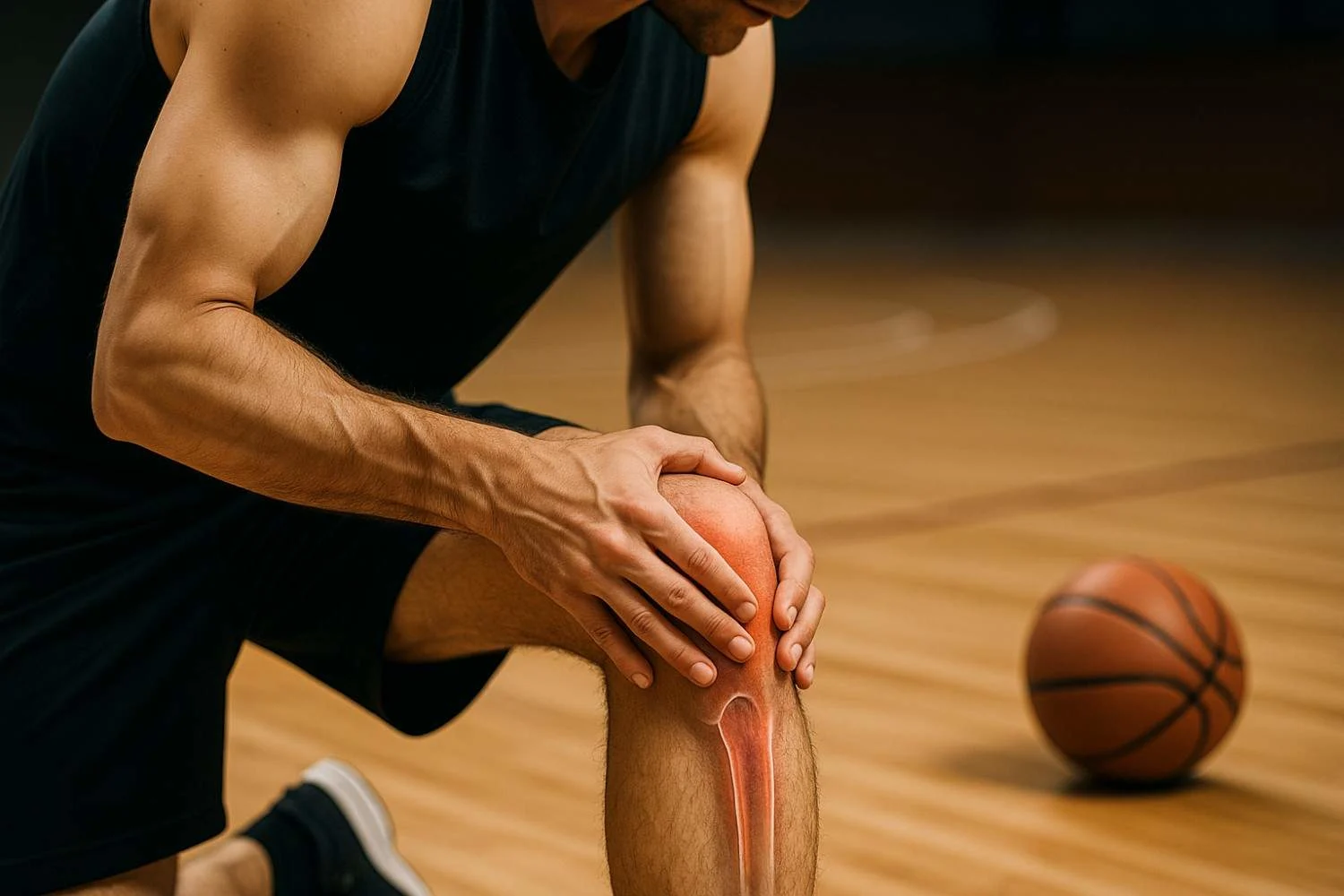
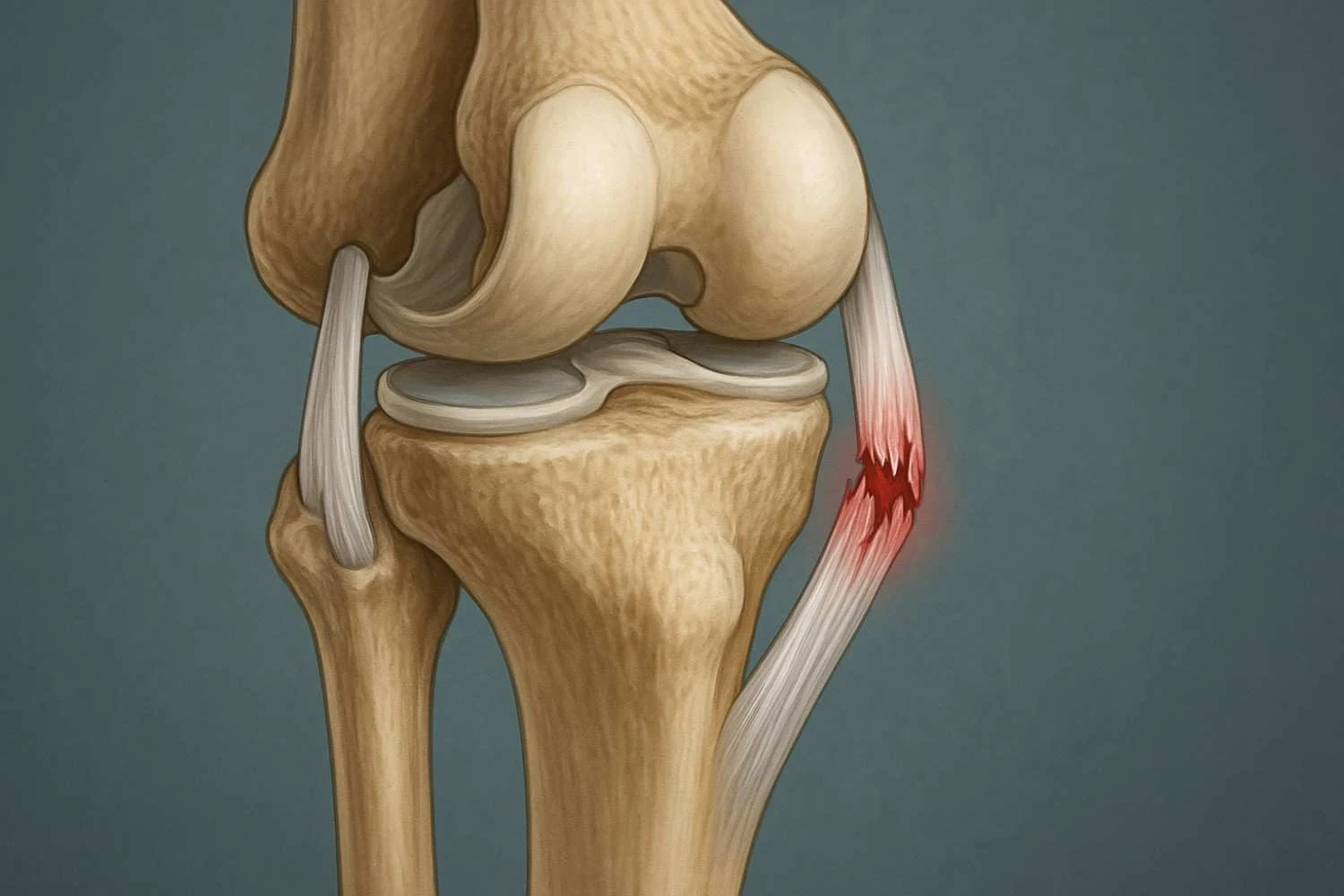
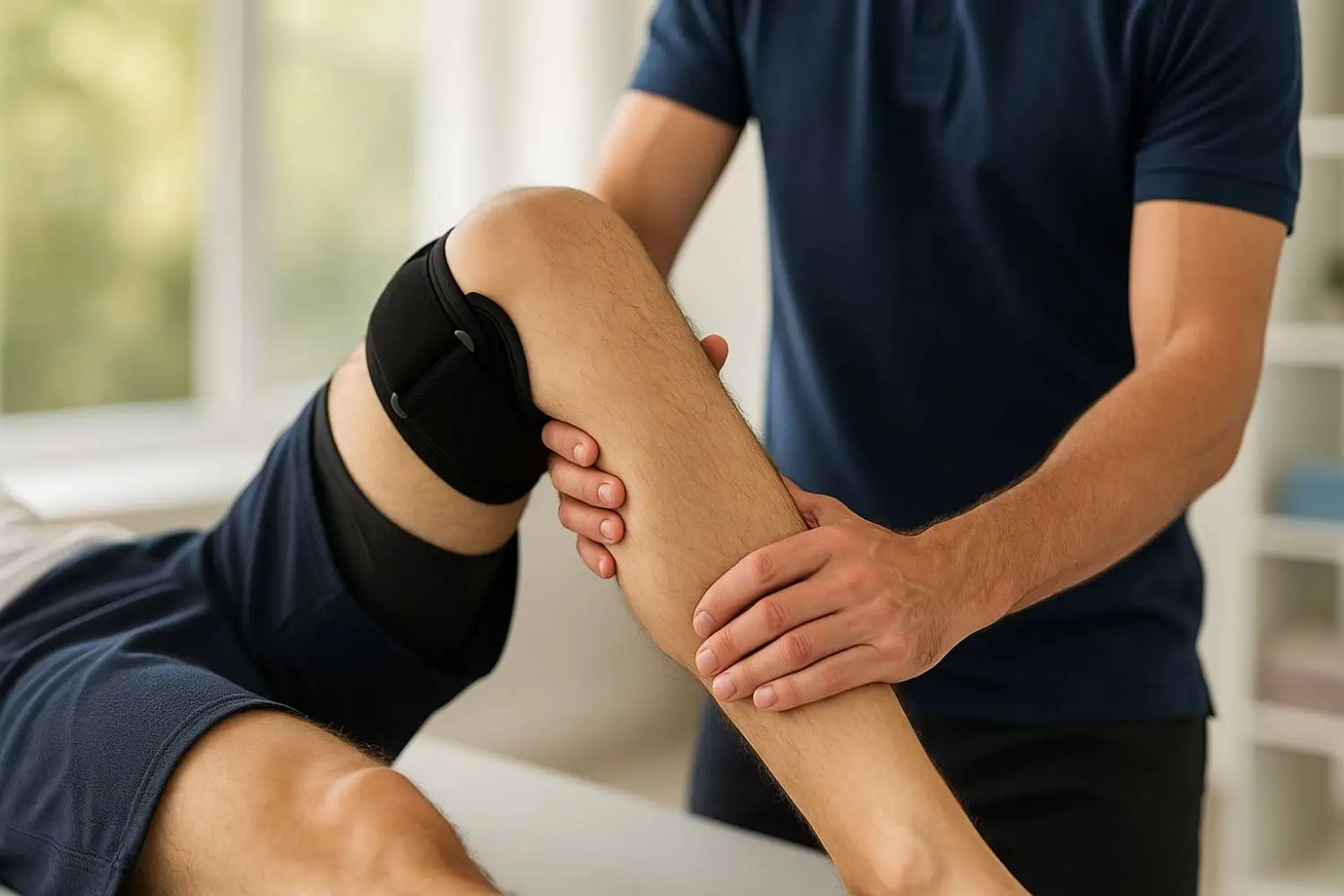
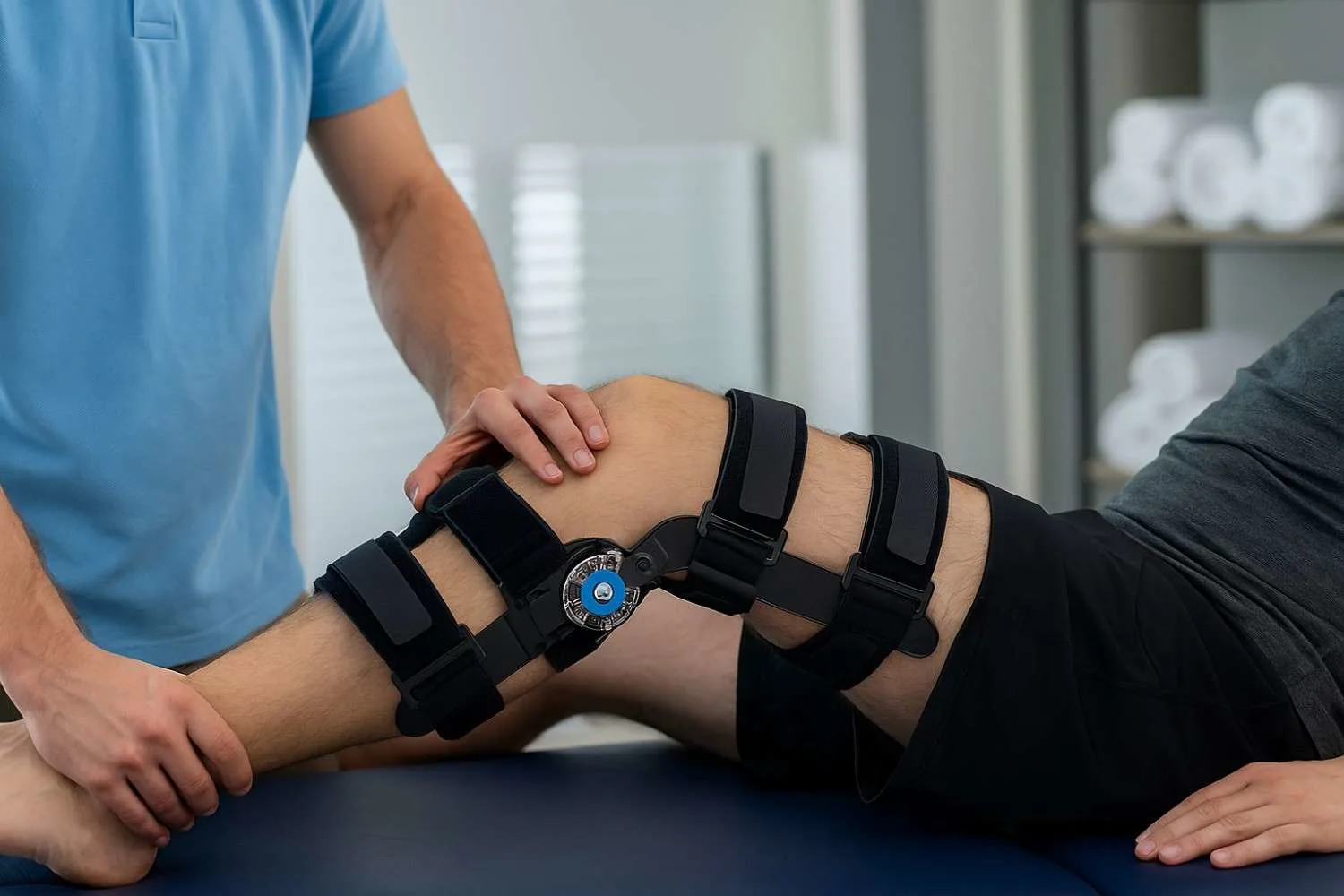
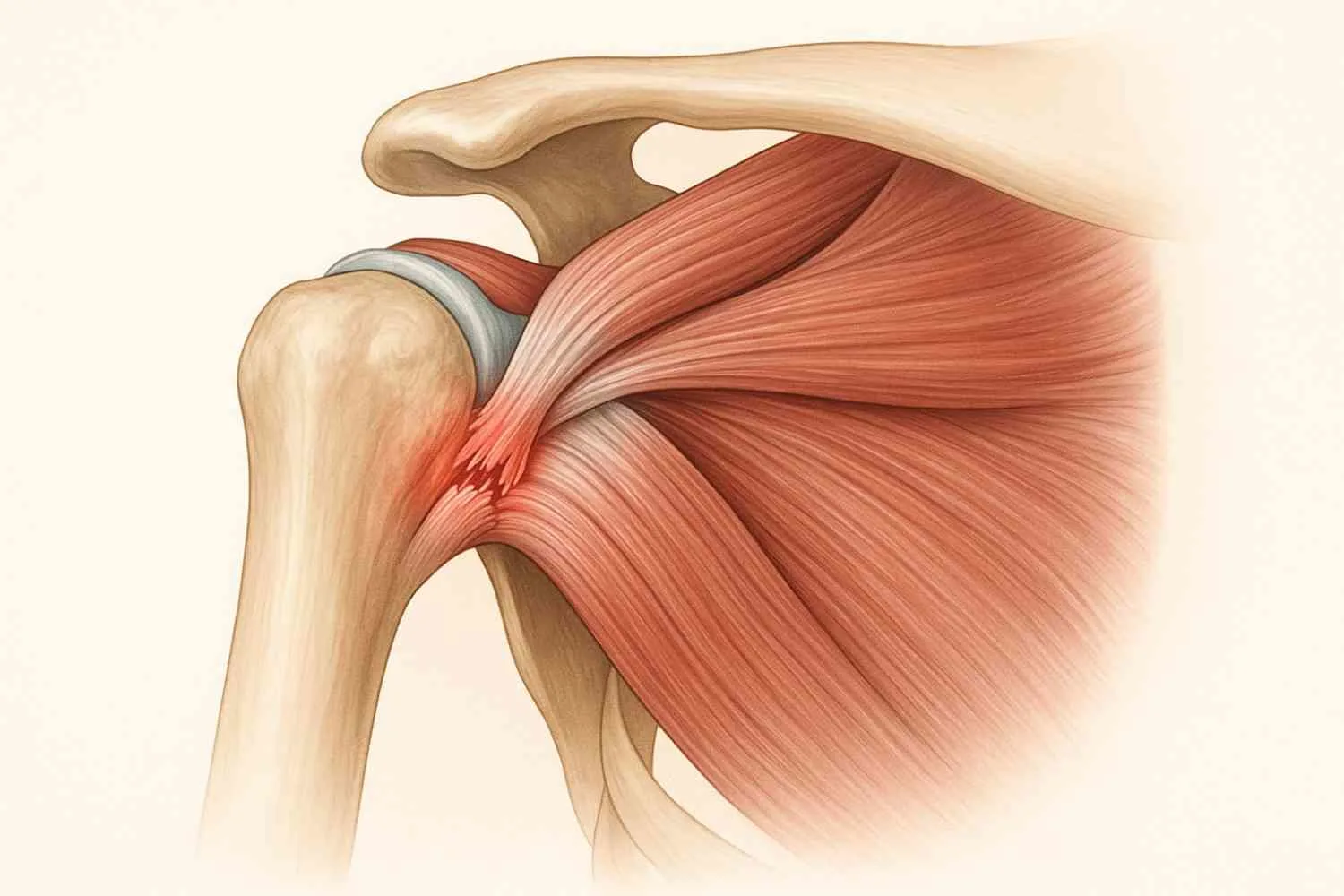
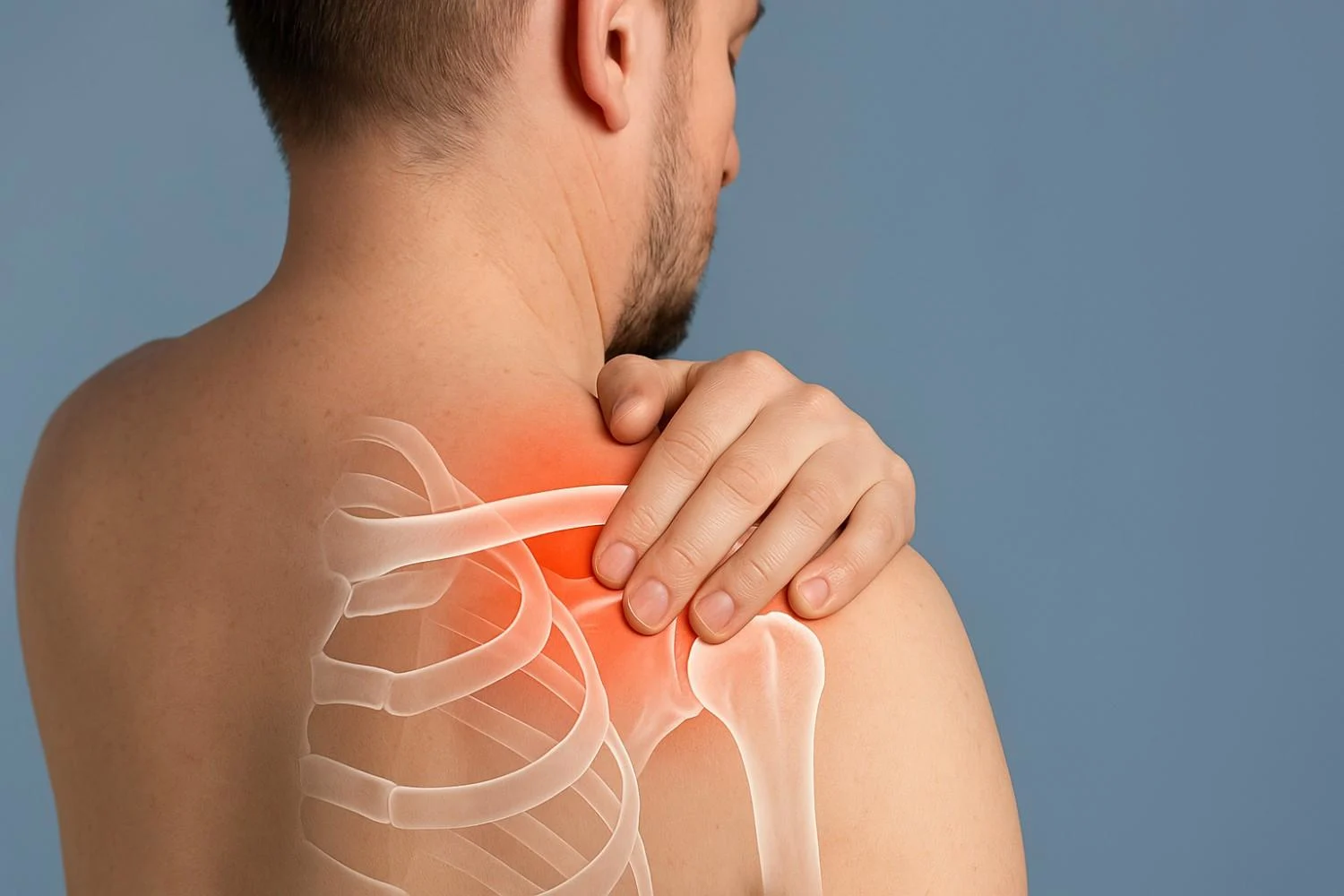


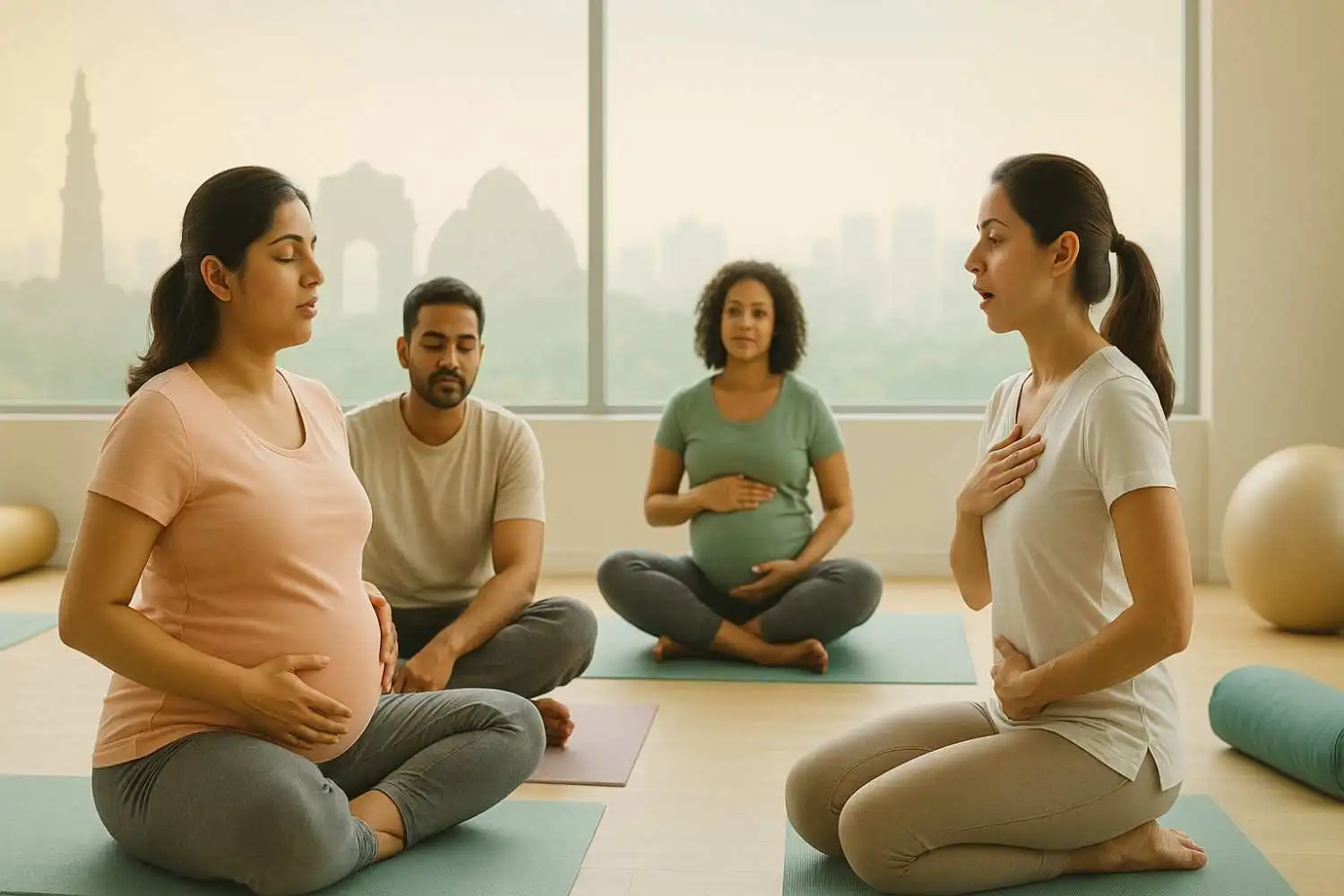

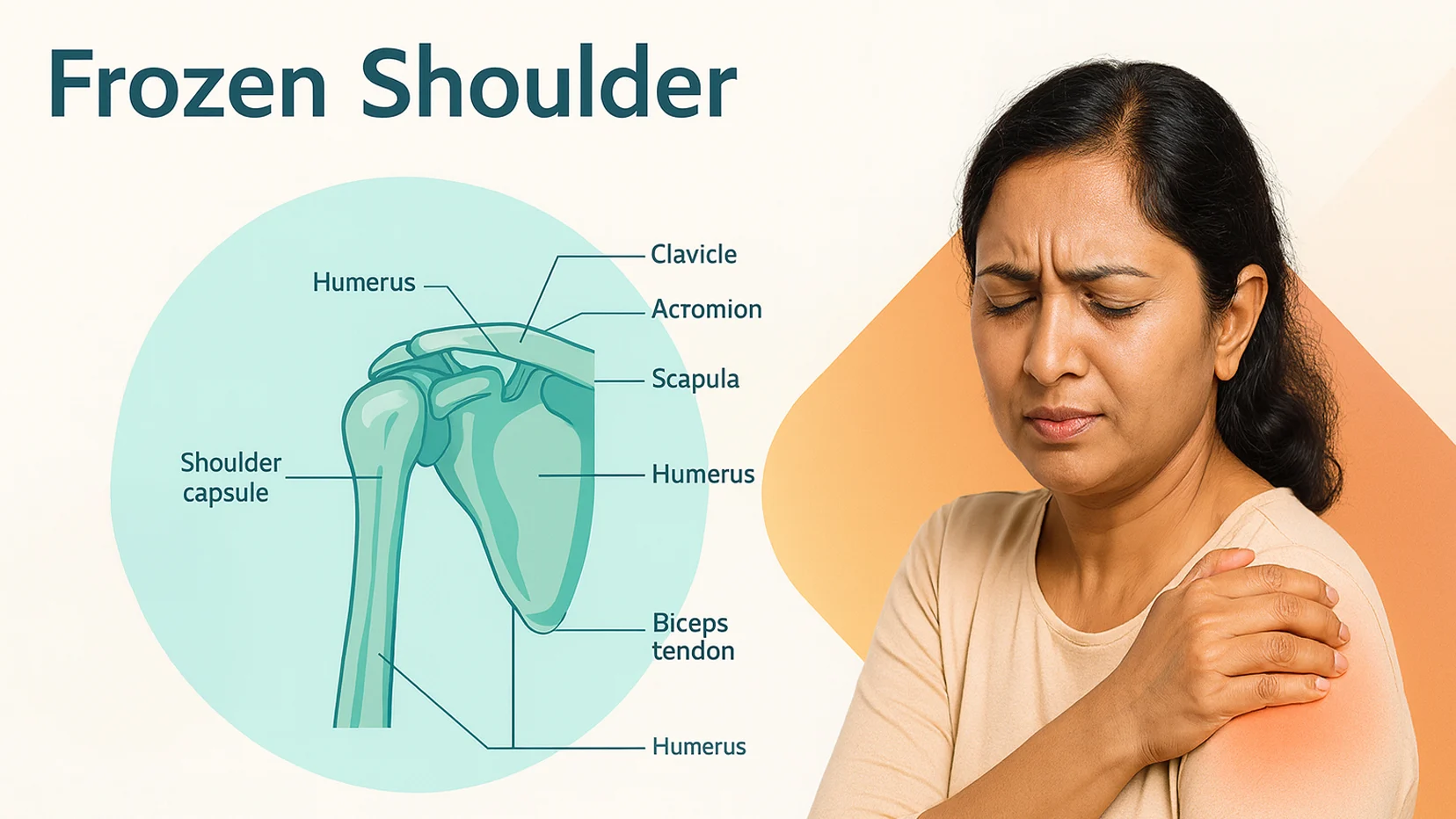


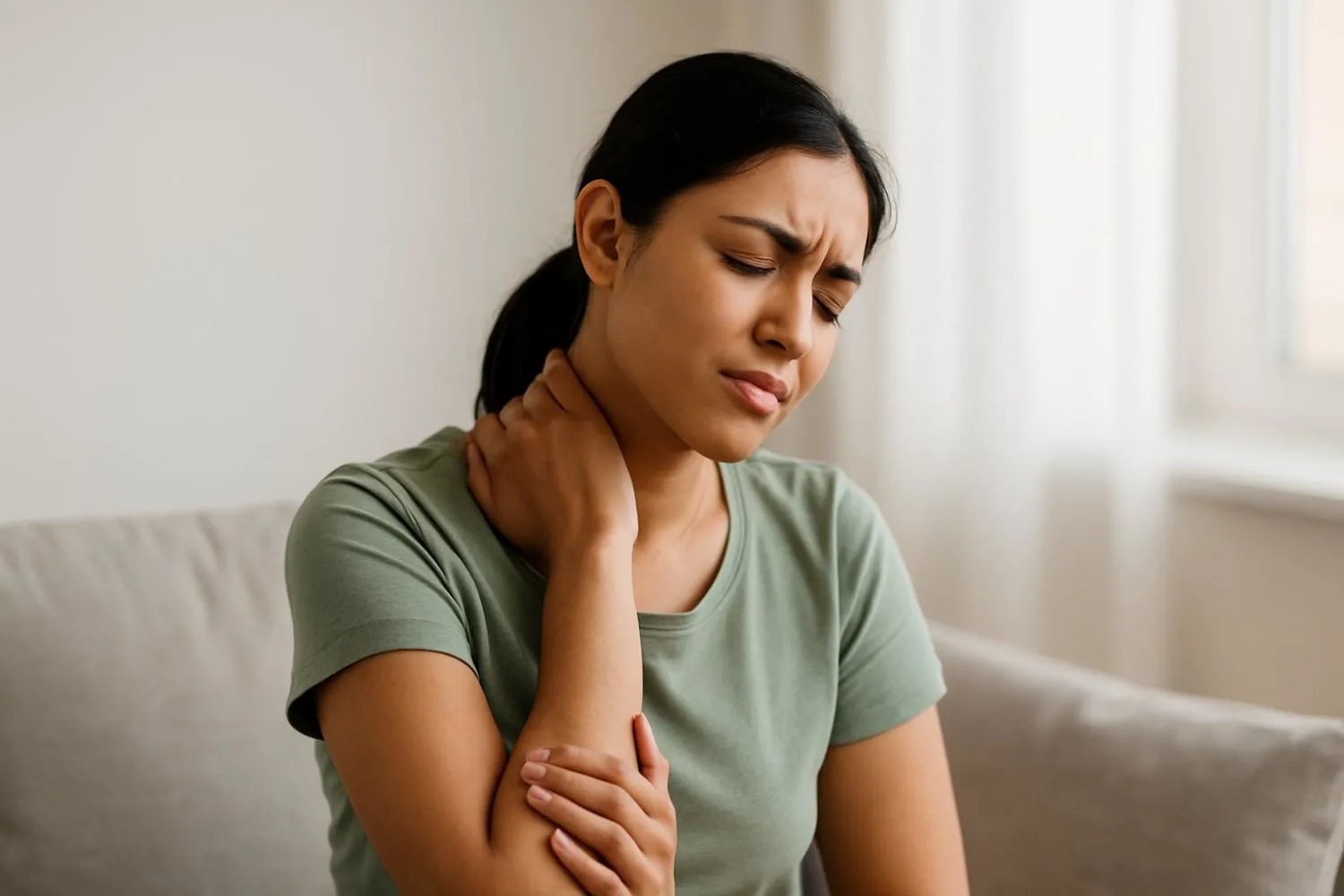
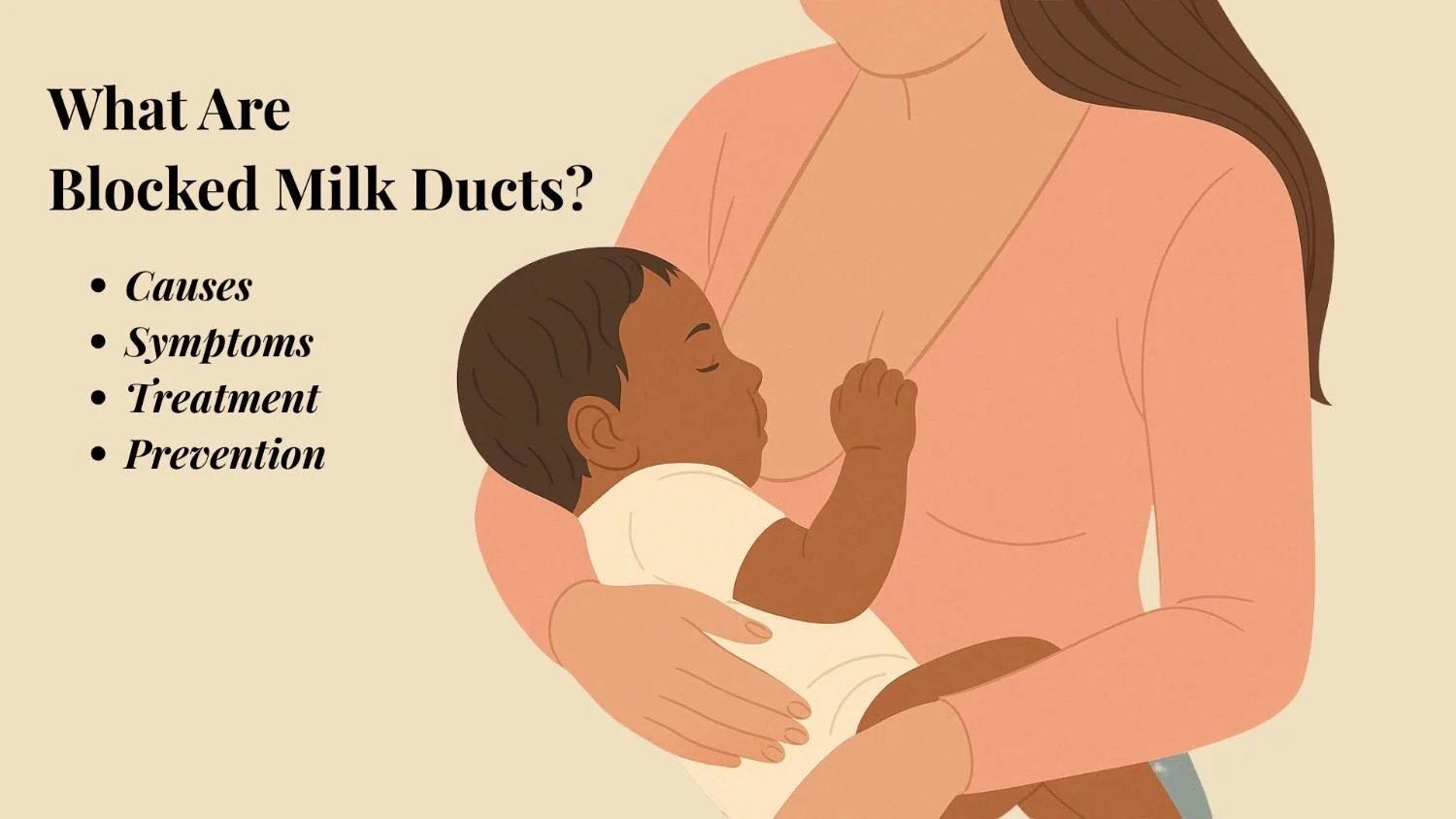
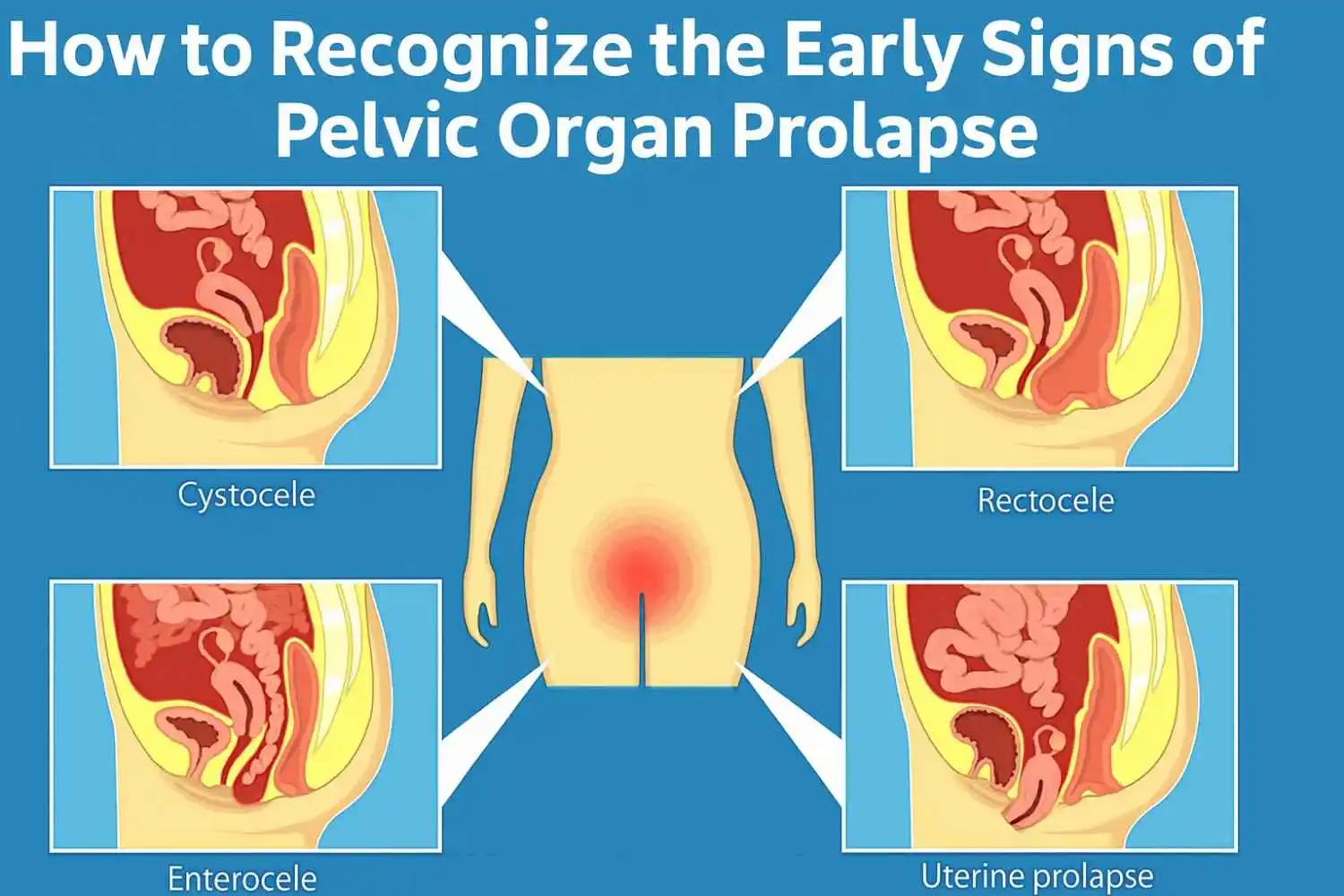
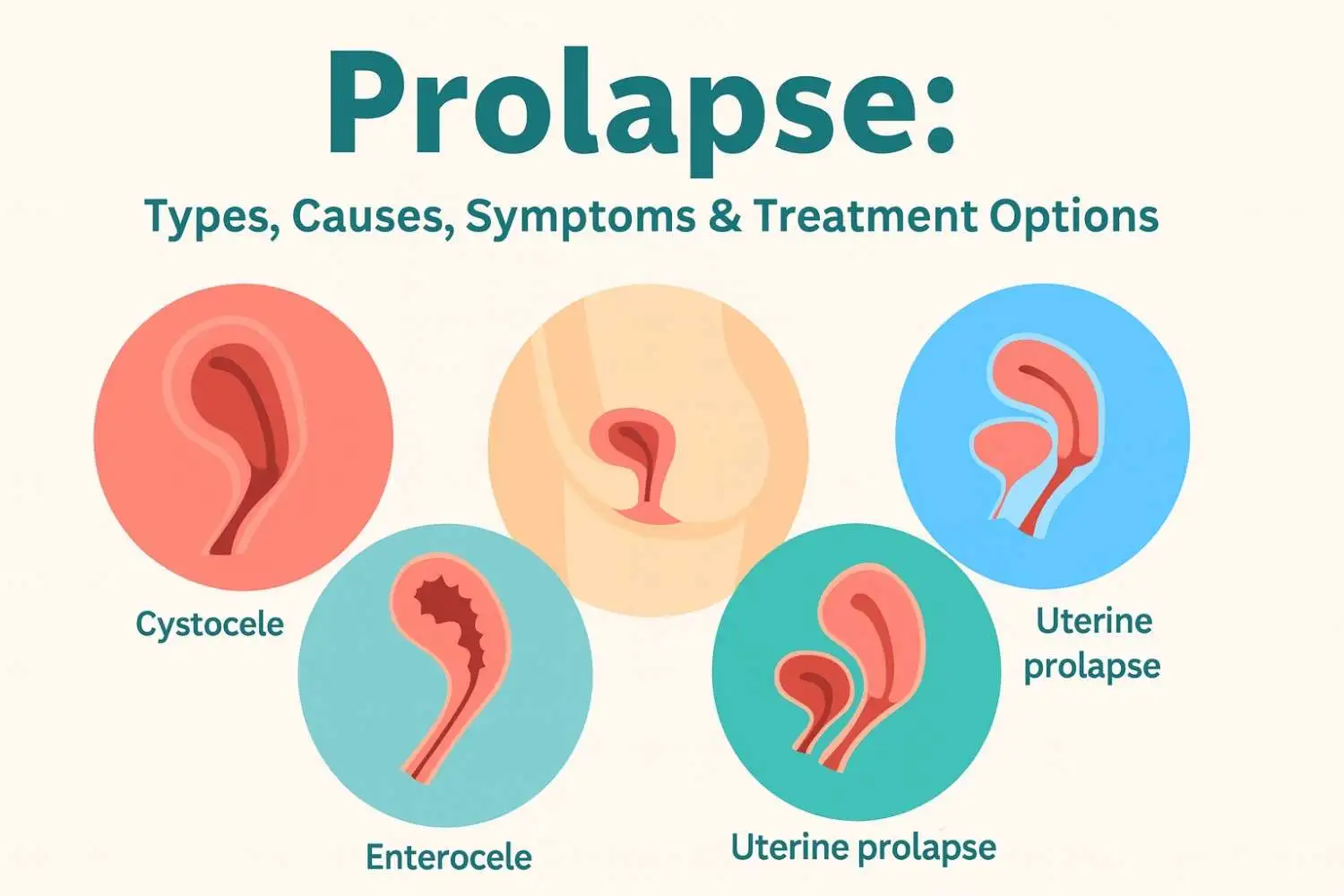









.webp)





.jpg)
































